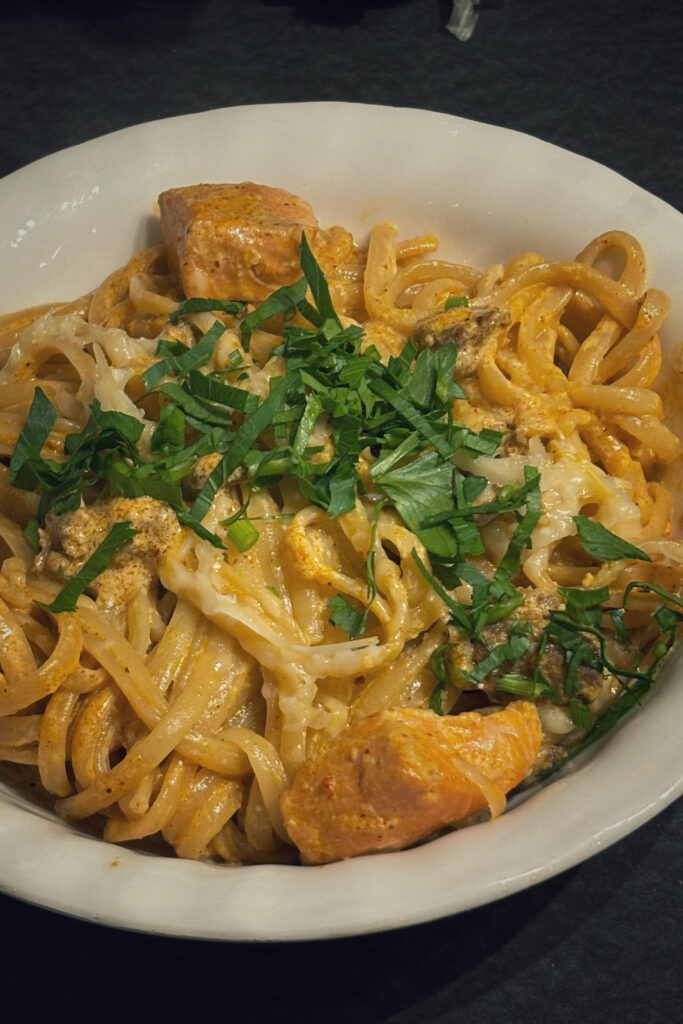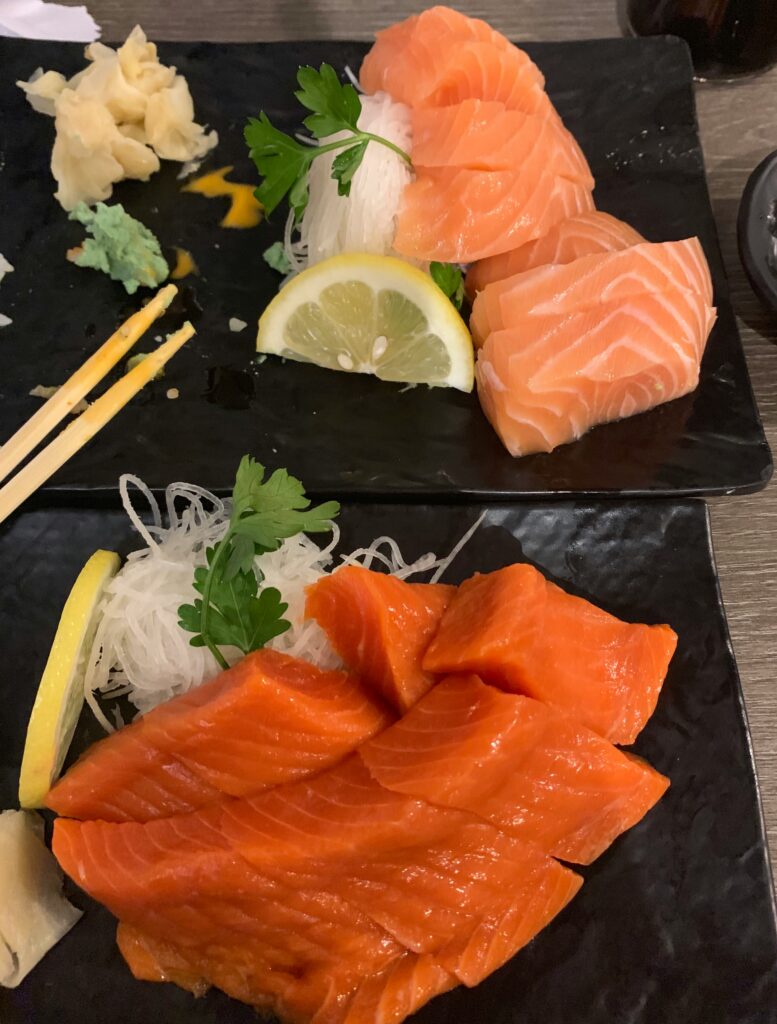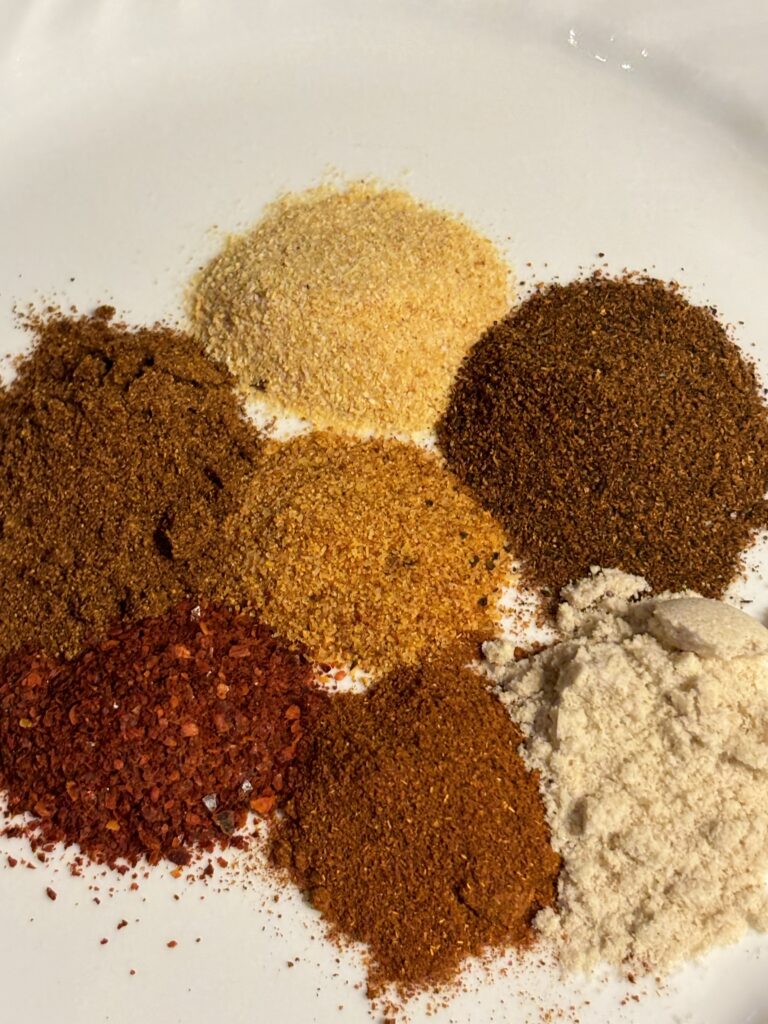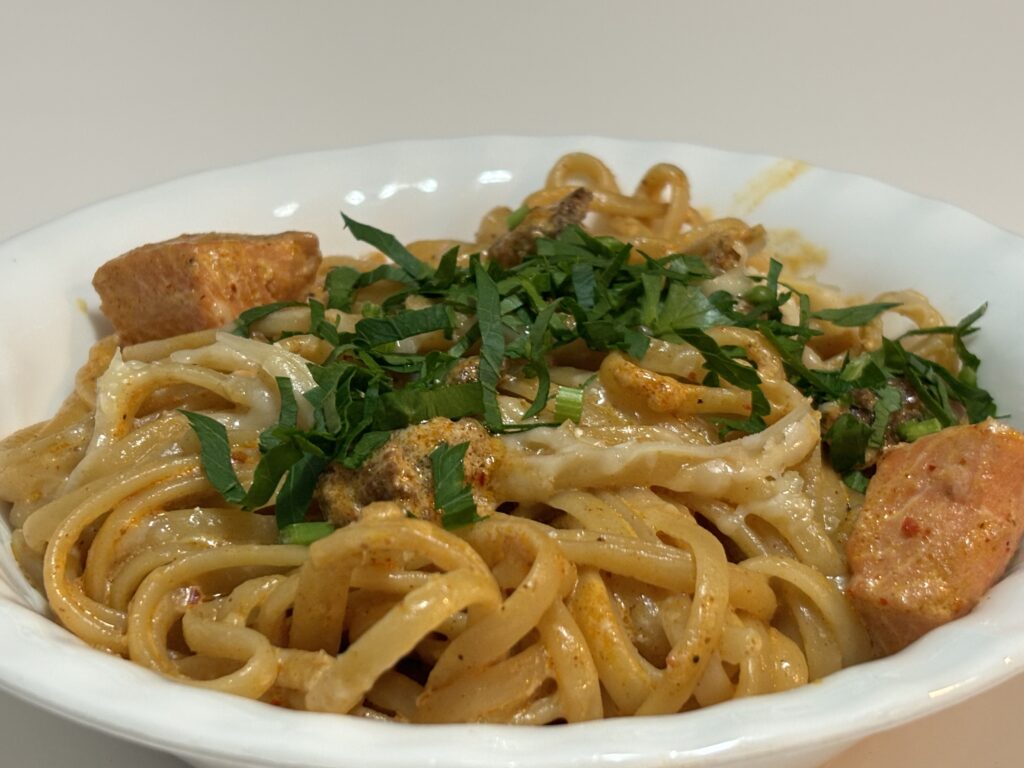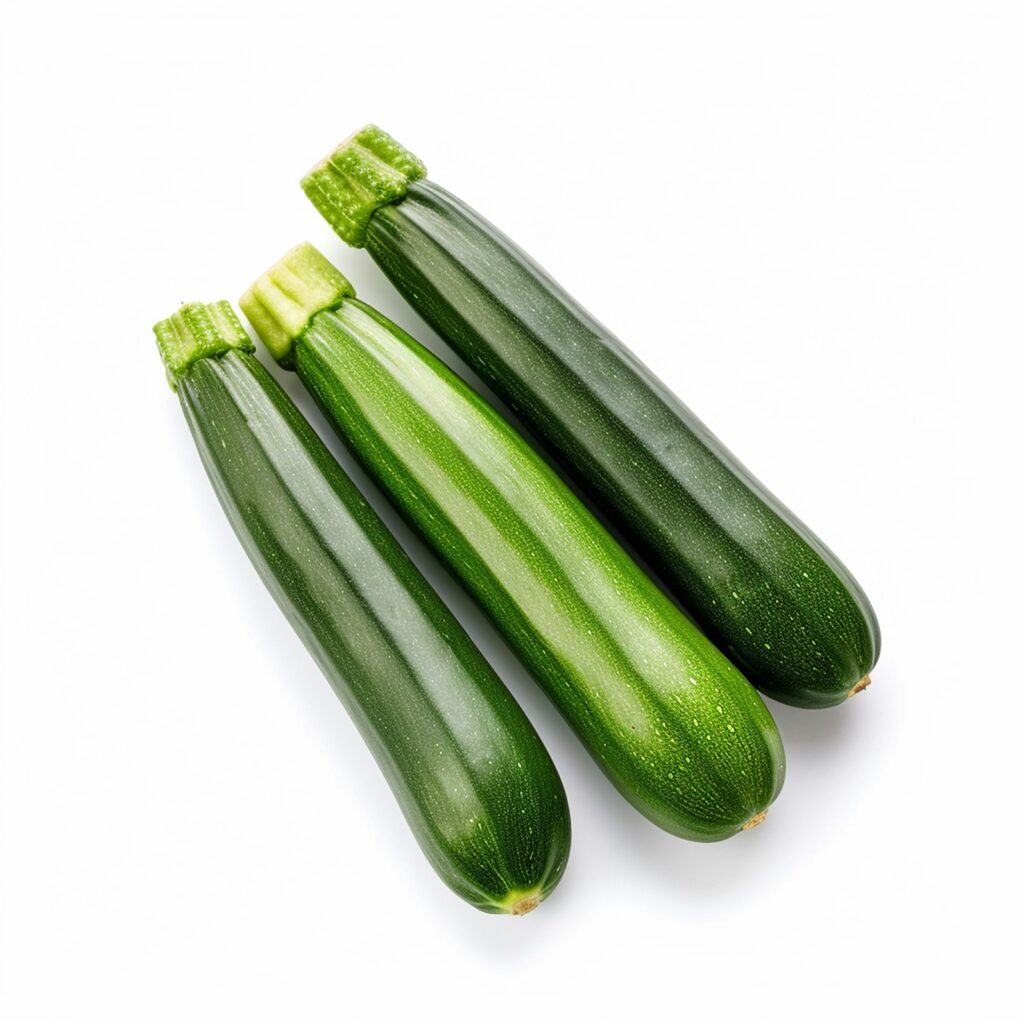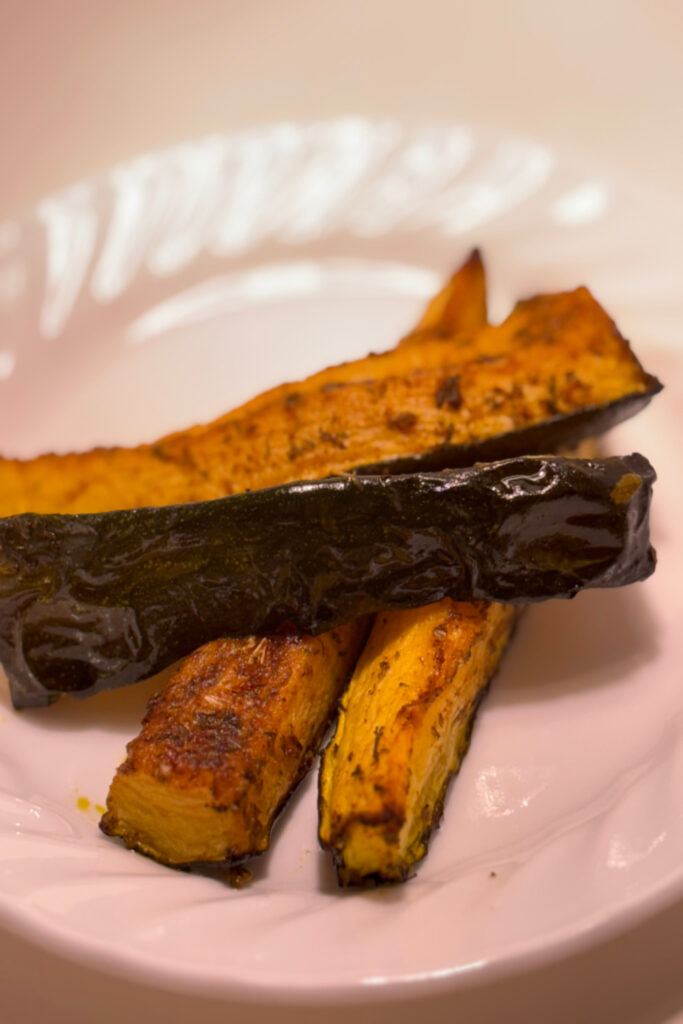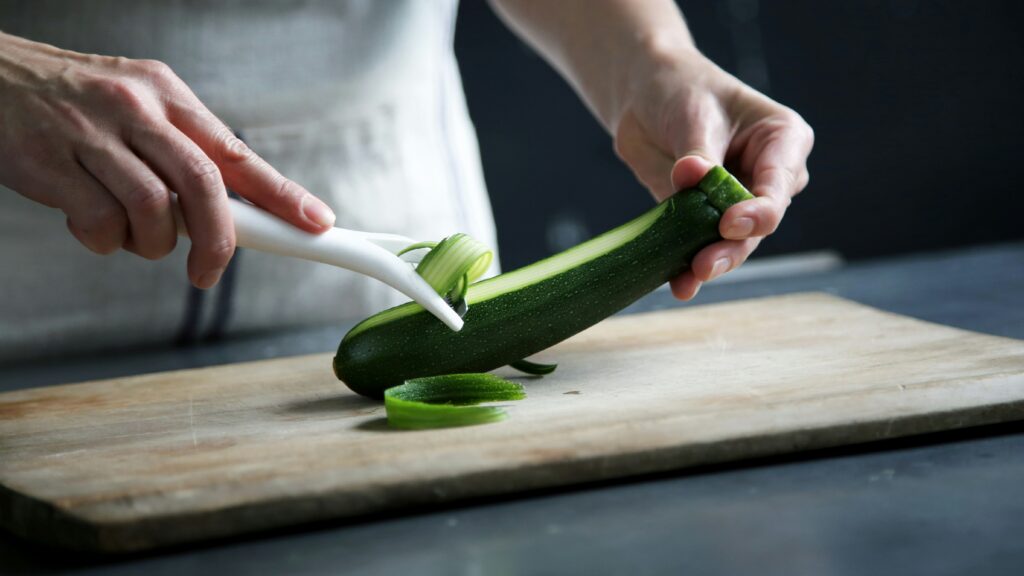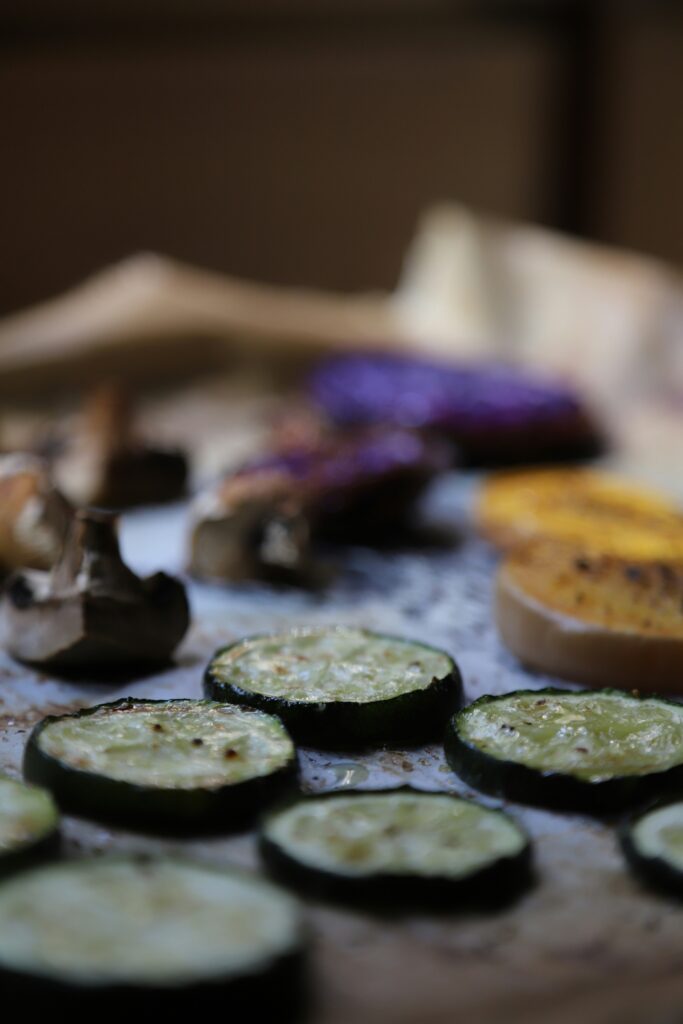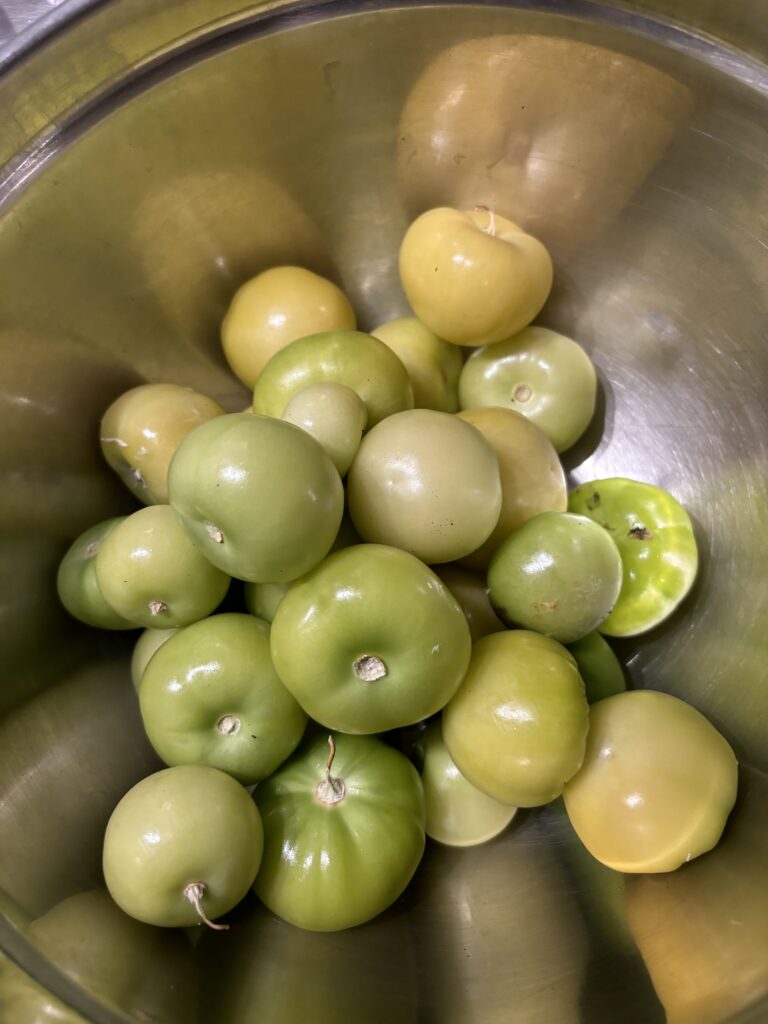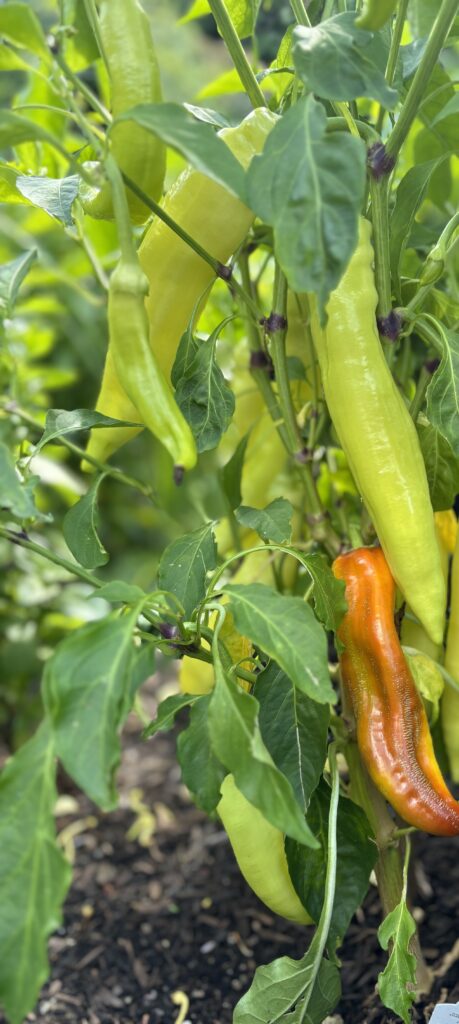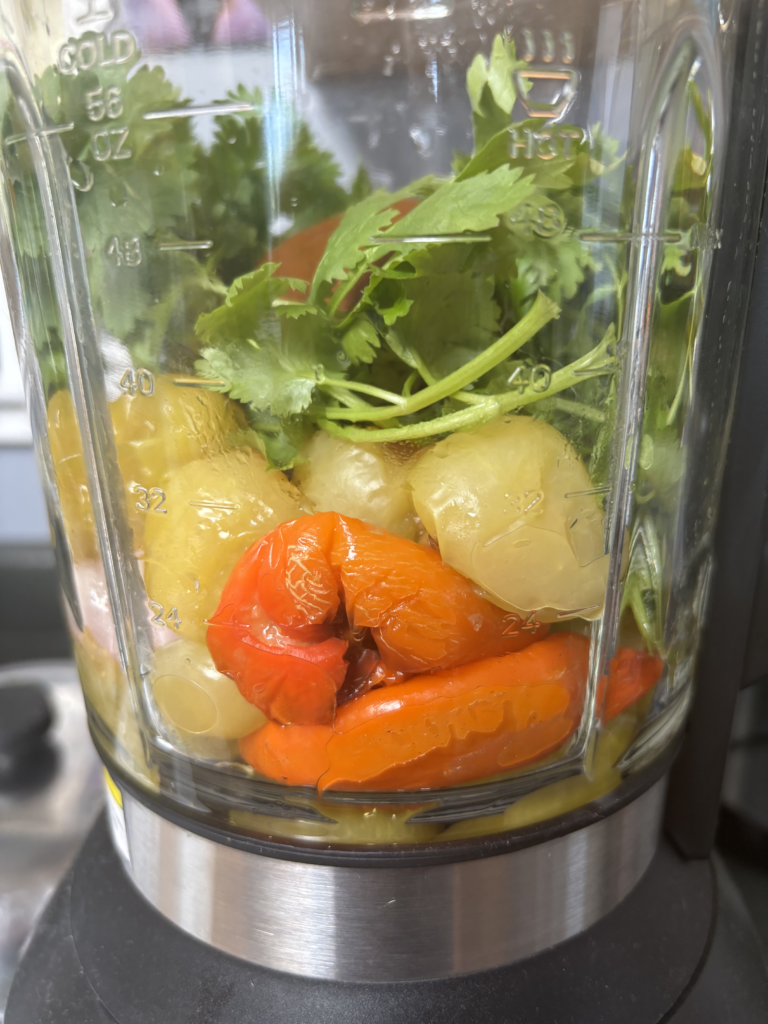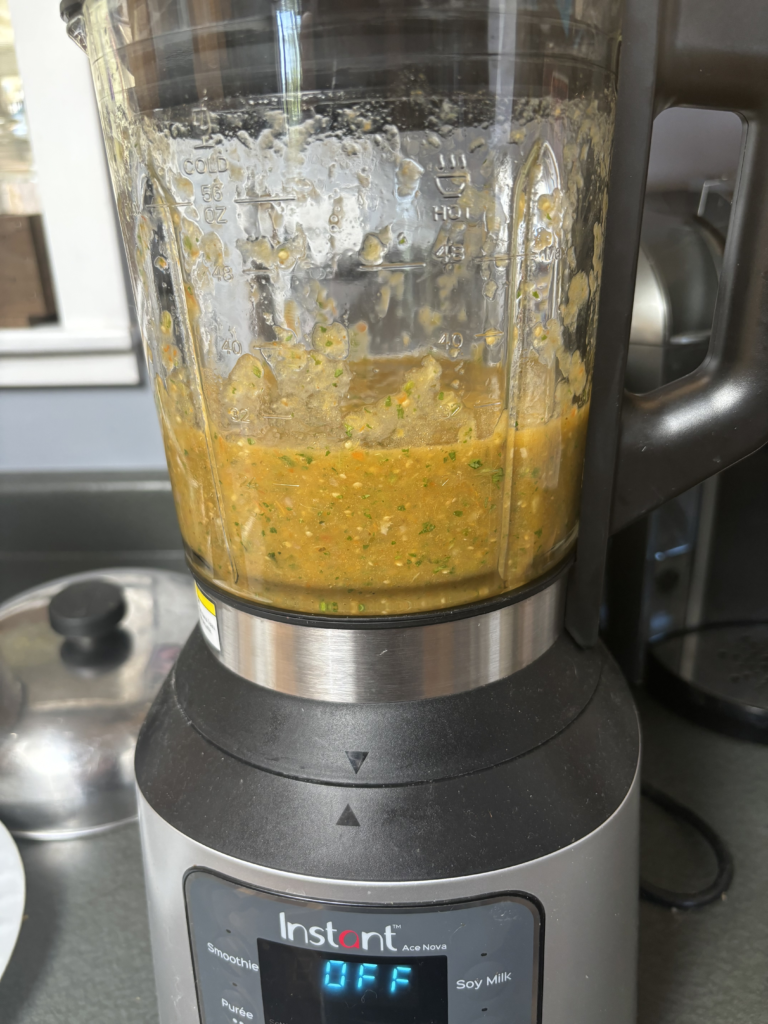Breakfast is often called the most important meal of the day, but why limit it to just the morning? Enter the beloved trend of “breakfast for dinner”—a delightful twist that brings all the comforting, satisfying flavors of a classic breakfast menu to the evening hours. Whether you’re craving something savory, sweet, or a bit of both, there’s an undeniable appeal to starting your day with dinner. From pancakes to waffles, eggs to ham, breakfast-for-dinner can be as easy or elaborate as you wish. Let’s dive into why the breakfast menu is just as wonderful at dinner and explore the countless possibilities it brings to the table.

Why Breakfast for Dinner Works So Well
There’s a certain joy in breaking the rules and enjoying breakfast foods outside their traditional time slot. For one, breakfast foods tend to be quick to prepare and highly customizable, making them perfect for an easy, relaxing dinner after a long day. Many dishes on a breakfast menu, like scrambled eggs, pancakes, or French toast, can be whipped up in under 30 minutes, yet still feel satisfying and indulgent.
Another perk is the nostalgic comfort that breakfast foods bring. Eggs and bacon, crispy hash browns, and buttery waffles create a feeling of coziness that can be hard to find in other meals. Plus, breakfast foods can be scaled to suit your hunger level. You might keep it simple with eggs and toast or go all-out with a full spread featuring pancakes, sausage, crepes, and even a smoothie or fruit bowl on the side.
At our house, the breakfast menu for dinner means that we bring out all the condiments. This is your chance to break out that beautiful jam you’ve been meaning to try or maybe a new hot sauce.

The Stars of the Breakfast Menu for Dinner
The beauty of breakfast-for-dinner is that you get to enjoy classic favorites in a fresh new way. Here are some of the best breakfast menu items that make perfect dinner fare:
Pancakes
A breakfast staple, pancakes can be made from scratch or from a mix, and they’re incredibly versatile. Top them with maple syrup, fruit, chocolate chips, or even whipped cream for a touch of decadence. You could even try savory pancakes with toppings like sour cream, cheese, or chives for a unique spin on a classic.
Eggs
The variety of ways you can prepare eggs makes them an essential part of the breakfast menu for dinner. From scrambled and sunny-side-up to poached and baked, eggs provide protein and a satisfying richness that rounds out the meal. Try a veggie-packed omelet, eggs Benedict, or a simple scramble with cheese and herbs.
Bacon and Sausage
Crispy bacon or flavorful sausage links add a hearty element to your breakfast-for-dinner lineup. You can also explore other options like Canadian bacon or ham, which bring slightly different flavors and textures. For something lighter, turkey bacon or plant-based sausages can be just as delicious.
Hash Browns
Golden and crispy on the outside, soft on the inside, hash browns are a satisfying addition to the breakfast menu. You can make them classic and simple, or elevate them with add-ins like onions, peppers, or even a touch of cheese.
French Toast
French toast is another breakfast item that feels like a special treat, making it ideal for a comforting dinner. Made by dipping bread in an egg mixture, then frying it to golden perfection, French toast can be topped with powdered sugar, syrup, and berries. For a savory twist, try a version with cheese and herbs.
Waffles
Waffles are just as delightful as pancakes and can be customized to fit any craving. Serve them with sweet toppings like apple butter, fresh berries and whipped cream, or go savory with fried chicken for a Southern-inspired breakfast-for-dinner meal. If you want to get creative, try making waffle sandwiches with ham, cheese, and egg between two crispy waffles.

Crepes
For those who want something a bit more refined, crepes make a beautiful addition to the breakfast menu for dinner. You can go sweet with Nutella, fruit, and powdered sugar or keep it savory with fillings like ham, cheese, and mushrooms. Crepes are perfect for both light and hearty dinners since they’re easy to customize.
Oatmeal and Porridge
For a comforting, nutritious option, oatmeal or other grain-based porridges are a great choice. Try oats topped with fruit, nuts, and a drizzle of honey for something simple, or make a savory bowl with sautéed veggies, an egg, and a sprinkle of cheese.
Smoothies and Yogurt Bowls
For a lighter dinner, a smoothie or yogurt bowl loaded with fruits, nuts, and granola can be a refreshing option. Smoothies are also easy to pair with heavier dishes, making them a great addition to any breakfast menu.
Breakfast Burritos and Sandwiches
If you’re craving something more substantial, breakfast burritos and sandwiches bring together the best breakfast flavors in an easy-to-eat form. Fill a tortilla with scrambled eggs, cheese, veggies, and meat for a burrito, or layer eggs and bacon on a toasted bagel or croissant for a breakfast sandwich that’s perfect for dinner.
Crafting Your Ideal Breakfast-for-Dinner Spread
The beauty of creating a breakfast menu for dinner is that it can be as simple or as complex as you like. Want something quick? Scramble some eggs, toast a bagel, and you’re set. Feeling a bit more ambitious? Create a spread with all your favorites: pancakes, bacon, eggs, and maybe a yogurt parfait for something sweet. You can even turn breakfast-for-dinner into a themed event, trying foods inspired by breakfast traditions from around the world.
For a streamlined but satisfying dinner, consider making a few dishes that combine flavors and textures. For example, pair savory scrambled eggs with sweet French toast for a balanced meal, or serve waffles with a side of crispy hash browns for extra crunch. Breakfast-for-dinner also allows you to experiment with flavor pairings that you might not typically try in the morning, like bacon paired with spicy syrup, or eggs with a dash of truffle oil.
Why We Love the Breakfast Menu for Dinner
Breakfast foods have a way of bringing people together, making them perfect for a laid-back dinner that’s all about comfort. A breakfast menu for dinner can be a family affair, with everyone pitching in to make their favorite dish, or a cozy meal for one where you get to indulge in all your breakfast cravings. Unlike traditional dinners, where main courses are typically paired with side dishes, breakfast-for-dinner encourages mixing and matching, making it a versatile meal for any mood or appetite.
Plus, a breakfast menu offers a balance of nutrients, with plenty of options for protein, carbs, and healthy fats. The flexibility of breakfast foods means that even if you’re following a specific diet, like vegetarian, gluten-free, or low-carb, there are still countless options to choose from.
Wrapping Up
The next time you’re stumped about what to make for dinner, remember that the breakfast menu is just as satisfying in the evening. Whether you’re in the mood for a stack of fluffy pancakes, a savory omelet, or a sweet plate of French toast, breakfast-for-dinner offers comfort, variety, and endless customization options. So, break out the skillet, warm up the griddle, and enjoy the best of breakfast at any time of day. After all, who says you can’t have waffles for dinner?


